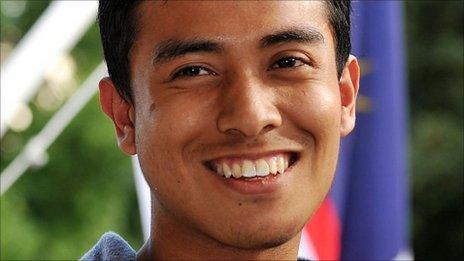The UK's spontaneous charitable causes that go viral
- Published
The plight of disabled pensioner Alan Barnes, who was mugged outside his Tyneside home, has led to almost £300,000 being raised in his name.
After hearing of the attack, beautician Katie Cutler set up an online donation page with the aim of raising just £500 - but the cause went viral.
Mr Barnes is not the only person whose story has spurred on the UK general public to spontaneously donate. Here are some other examples:

Claire Squires

Claire Squires was aged 30 when she died
The cause? Marathon-runner Claire Squires set out to raise £500 for the charity Samaritans by taking part in the London Marathon in 2012. Sadly, she collapsed and died on the final stretch of the race. The 30-year-old hairdresser from North Kilworth, Leicestershire, had decided to donate to Samaritans because her mother Cilla Squires had volunteered there for 24 years.
How it caught on? Miss Squires' story appeared in the national press and news of her online donation page went viral on social media networks Facebook and Twitter. Within days of her death, donations to Samaritans on her JustGiving page had exceeded £600,000.
What happened next? Her death led to a grand total of more than £1m being given to the charity. More than 600 people attended her funeral.

Stephen Sutton
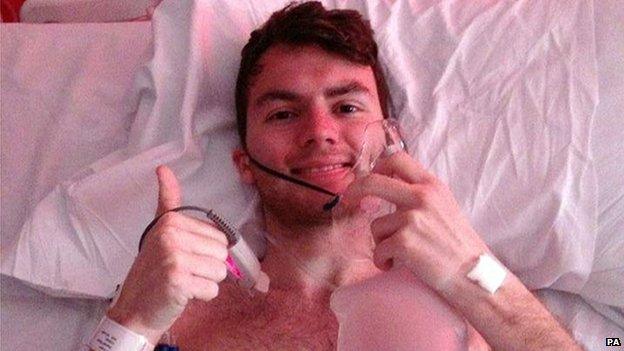
Stephen Sutton was from Burntwood in Staffordshire
The cause? Before his death in May 2014, 19-year-old Stephen Sutton, who had cancer, launched an appeal to raise £10,000 for the Teenage Cancer Trust.
How it caught on? Stephen's campaign attracted global attention after a photo of the teenager went viral online. At one stage it accrued £60,000 in just over two hours as people retweeted and posted his story on Facebook and Twitter.
What happened next? Stephen's campaign received about 340,000 donations and the eventual total raised for the trust reached almost £5m. Stephen was awarded a posthumous MBE.

Ashraf Rossli

Mr Rossli was attacked and robbed in Barking, east London
The cause? Malaysian accountancy student Ashraf Rossli had been in the UK for just a month when he was attacked during the riots in London in 2012 - and then robbed by people pretending to help him.
How it caught on? Footage of the incident, which left him with a broken jaw, was recorded on a mobile phone and posted on YouTube. It caused widespread anger, and an online donation page was set to up and raised £22,000 for Mr Rossli.
What happened next? Mr Rossli said he would give half the money to causes that helped victims of violence. Two men were initially jailed for robbing him, but their convictions were subsequently overturned by a Court of Appeal judge.

Robert Berry
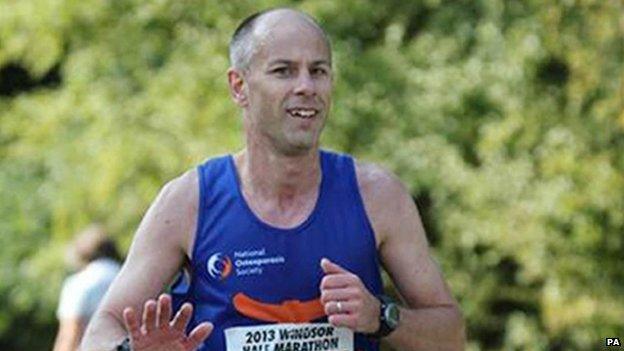
Mr Berry received emergency medical attention near the finishing line but later died in St Mary's Hospital, central London
The cause? Robert Berry, 42, died while taking part in the London Marathon in 2014. He had initially set out to raise £1,700 for the National Osteoporosis Society, because his mother was diagnosed with the disease at the age of 52.
How it caught on? Within hours of his name being confirmed by race sponsors, Mr Berry's own online donation page started to accrue thousands of donations, as links to it were shared on Twitter and Facebook. In total more than £77,000 was raised for the cause - almost 45 times the original target.

Manchester Dogs' Home

More than 50 animals that were ready to be re-homed died in the blaze
The cause? More than £2m was raised for Manchester Dogs' Home after it was destroyed by a fire on 11 September 2014. More than 150 dogs were rescued from the blaze, but some 60 animals died.
How it caught on? People took to Twitter to post photos of themselves with their dogs - using the hashtag #dogselfie among others - to raise awareness of the fire. Hundreds of animal lovers also arrived at the scene to bring blankets, dog food and other supplies. An official online JustGiving page raised £500,000 for the home in under 17 hours.
What happened next? The money was used to rebuild the kennels at the home, which was established in 1893 and cares for more than 7,000 dogs each year. Two boys aged 15 and 17 were arrested on suspicion of arson, but were later released without charge.

Susan Taylor
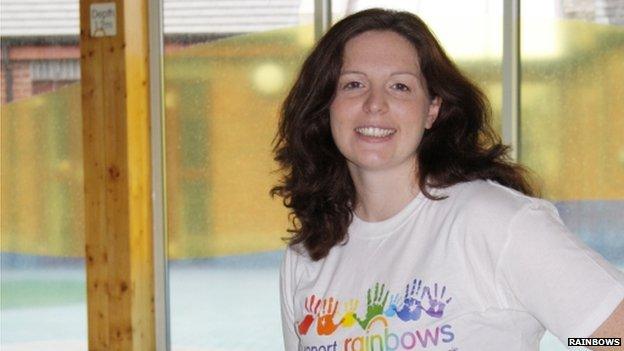
Susan Taylor was from Barwell in Leicestershire
The cause? Susan Taylor died aged 34 after trying to swim across the English Channel in July 2013. She initially set out to raise money for both Diabetes UK and Rainbows Hospice in Loughborough.
How it caught on? Ms Taylor's campaign was picked up on social media and interest in it spread as her death was widely reported in the national press. Her story compelled thousands of people to leave a donation and, to date, more than £100,000 has been given to the charities.
What happened next? Ms Taylor's family and the charities thanked the public for their generosity. However the family also said they had been left "disappointed and upset" after a £300,000 donation left in her memory proved to be a hoax.

Alan Barnes
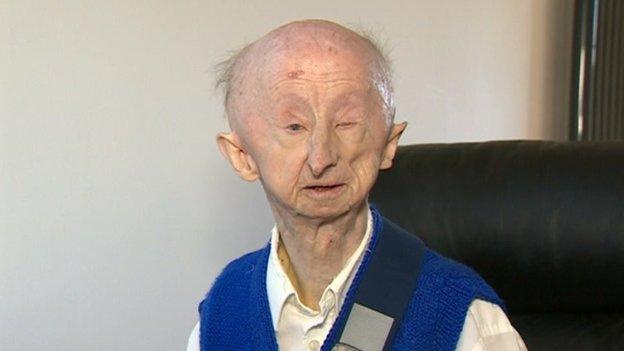
Alan Barnes is receiving financial advice on how best to use the money
The cause? Alan, 67, broke his collarbone when he was pushed to the ground and mugged outside his Tyneside home on 25 January. Following the incident, Katie Cutler set up a donation page on the website gofundme.com, with the aim of raising £500 for the pensioner.
How it caught on? As news of Alan's attack spread and was reported in the press, Ms Cutler's target was quickly surpassed. By 19:00 GMT on 31 January, it had reached £165,644. By midday on Monday 2 February, it stood at almost £300,000 - with more than 22,500 people donating.
What's next? Alan has vowed to put the money "to good use" and is receiving financial advice.
- Published2 February 2015

- Published23 January 2014
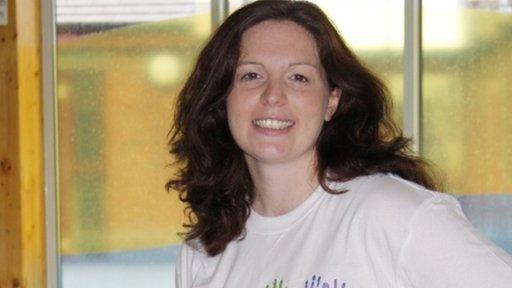
- Published2 May 2012

- Published18 August 2011
